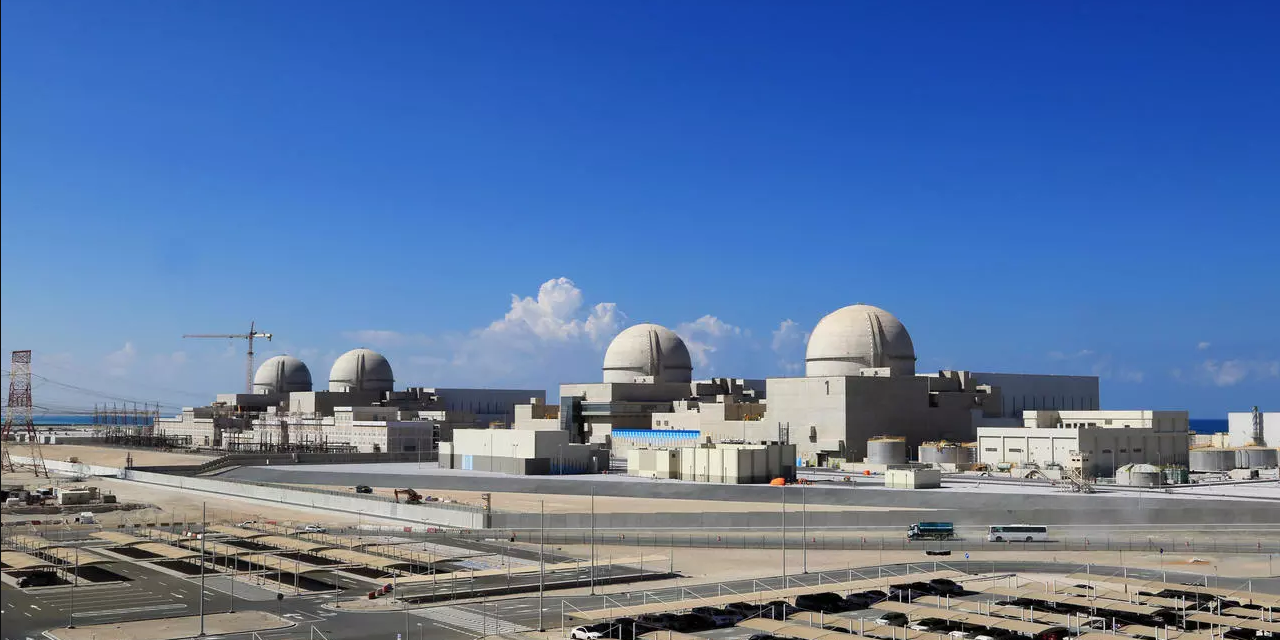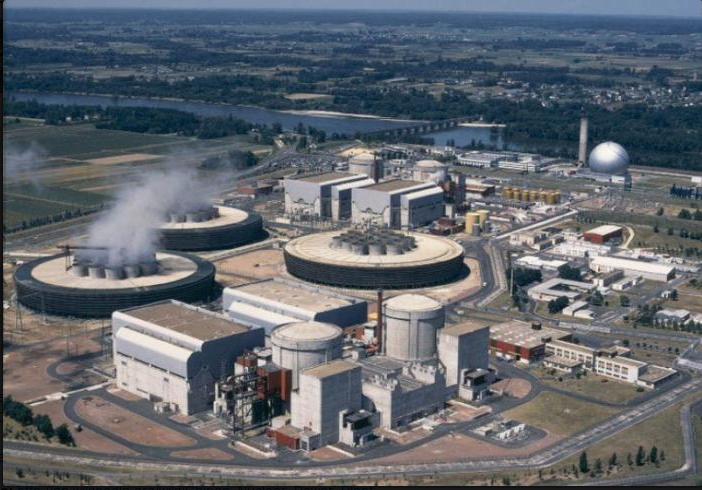
Site Selection
Edition 4, Revised 21/12/2021
Site Selection for Australia’s Nuclear Power Plants
Selecting sites for nuclear power plants involves key issues such as:
- water for cooling,
- transmission grid capacity,
- geology,
- seismicity
- features such as dams, upstream lakes, industrial process or airports all of which could affect the plant safety
- socio-economic factors such as opposition, need for wealth creation, work force strength.
A very good resource for detailed discussion can be found Information Library – World Nuclear Association.
An excellent and detailed outline of the cooling options is available at: Cooling Power Plants | Power Plant Water Use for Cooling – World Nuclear Association
A brief outline of a few key issues used to determine nuclear reactor sites will be followed by an outline of regions of interest within Australia.
Cooling
Water is key to cooling nuclear power reactors. Close proximity to reliable sources of water for cooling is a key factor in locating any reactor. The water can be used as “first pass” where it flows into the power plant heat exchangers and back out to the source. This typically occurs at seaside locations or on large rivers or lakes. Australia’s long coastlines provide many options for locating nuclear power plants as was done with the Qinshan Power plant in China shown in Figure 1.
The plant doesn’t consume much water but it does heat up the source. This is of little consequence in the sea however, it can limit the amount of energy generated at inland water ways.
Where inland rivers or lakes need to be protected from heat gain, evaporative mechanical and natural draft cooling towers are used. Their use requires a continued supply of makeup water to replace that lost to evaporation and “blowdown”.
To address these water demand future reactors at inland sites will increasingly use “hybrid” systems which require about 70% less fresh water when supplies are available. They can be engineered to use air cooling when water resources are under strain. An excellent reference describing this process is available at ASME: Economic design of hybrid wet-dry cooling systems – Energy-Tech Magazine: Heat Exchangers
Nuclear on the Grid
The costs of poles and wires makes up the highest cost of retail electricity bills. In New South Wales its about 48% of the bill while in South Australia its about 65%.
A grid with 100% renewables will need to be at least twice as long as one that relies on nuclear energy. That means, if we use 100% renewables to try to achieve decarbonisation we will be doubling the most expensive part of our energy costs.
Nuclear energy generators can maximise the use of the existing National electricity grid. Our Australian grid is long and in places has been developed around lower output generating plants. This make it well suited to the use of small nuclear power plants or SMR’s.
We have three options.
Firstly we could build large 1 GW scale Nuclear power plants that are are best built with multiple reactors at each site. This means the transmission lines need to be 330 kV or ideally 500kV.
Secondly, the use of small nuclear power plants would provide far more site and will enable the use of the 275kV line in South Australia, Queensland and Western Australia.
Thirdly we can build a “mixed” scheme using large and small plant to shorten the time frame for decarbonisation and use our existing grid to its best capacity.
The economic advantage of nuclear energy is that new sites can be be located close by the grid and will reduce grid expansion to local adjustments. This will include in most cases new switchyards and transformers in addition to short transmission connections.
A very detailed discussion of the challenges being faced by countries integrating different forms of energy generation onto their grids can be found at: Electricity Transmission Grids – World Nuclear Association
Geology, elevation and seismicity
There is a strong preference towards founding nuclear power plants on rock. This approach largely overcomes the potential for surface deformations that may arise from subsidence and settlement associated with alluvium, beach deposits and glacial deposits.
When located in coastal regions the site itself should be adjacent the shore line, generally within 2 or 3 km and needs to be about 20 m above mean sea level.. This level is required to address factors such as future global warming induced sea level rise and the seiche or tsunami induced flooding within the enclosed gulf waters.
At coastal locations excessively high sites will add substantially to the cost of sea water cooling structures. Sites located on alluvial flats at low elevations are not suitable due the long term inundation and surface settlement potential. Construction of reactors on alluvial materials is possible, but is generally avoided for reasons of cost and undesirable seismic response.
Australia is a seismically stable continent. Nuclear facilities are rigorously designed to resist the effects of earthquakes such that the plants are able to operate continuously during and after the Design Basis Earthquake (DBE). The profession is highly experienced in the area of seismic design and seismic response. Even during the catastrophic earthquake in Japan in 2011, the nuclear plants performed as intended—the associated tsunami was the cause of the widespread damage, not the earthquake per se.
As stated on the World Nuclear Association website, the Peak Ground Acceleration (PGA) or Design Basis Earthquake Ground Motion (DBGM) is used as a measure of the size of an earthquake. It is measured in Galileo units – Gal (cm/sec2) or g – the force of gravity, 1.0 g being 980 Gal. The PGA is a measure but of course the seismic design basis for a nuclear power plant includes other parameters such as the frequency spectrum and duration of the design earthquake, damping (energy dissipation) in the foundation media, surrounding soil or rock and the structure itself. Modern nuclear plants are designed for a standardized earthquake, and therefore, the site where the nuclear plant is constructed must have a seismic hazard level enveloped by the standardized design. Typical reactor designs require them to automatically shut down when the peak ground acceleration exceeds 0.3 g. To put this into perspective, the Newcastle earthquake of 1989 had a Richter scale value of 5.6 and an estimated peak ground acceleration of 0.24 g.
Site Safety and Population Density
Small Nuclear Power Plants (SMR’s)
Inherent safety: A lower power output, and the higher surface-to-volume ratio offered by smaller cores will increase the efficiency of passive safety systems both for normal and off-normal operating conditions. For example, many Light Water Reactor based designs such as the BWRX 300 have very large water inventories for passively cooling the reactor systems even under extreme circumstances (e.g. loss of offsite power). A higher reliance on passive cooling systems allows for more simplified designs and streamlined operation and maintenance.
Lower core inventories: This means a reduced amount of nuclear fuel in the reactor core. A smaller core inventory has both an on-site and off-site benefit. On-site, less shielding is required and radiation exposure doses for workers are thus reduced. Off-site, the smaller inventory, the reduced probability of an accident occurring, and less energy driving potential radioactive releases can reduce the need for emergency planning zones (EPZs). Such benefits could mean that some Small Nuclear Power plants SMRs may be located closer to where energy is needed.
As an example, the BWRX 300 small nuclear power plant is entirely confined in a 170 m by 280 m footprint, which includes the plant building, switchyard, cooling tower, site office, parking lot, warehouse, and other supporting facilities. The plant building has a total envelope of 8,400m2 and contains 6 distinct spaces, or “buildings” within.
Large GW Scale Reactors
These larger reactors are frequently surrounded by populations of modest density as shown Figure 4 at the Tihange Nuclear Power Plant in Belgium.
In the United States the Nuclear Regulatory Commission defines two emergency planning zones around large nuclear power plants. Firstly a plume exposure pathway zone of 10 miles or 16km radius. This is concerned primarily with exposure to, and inhalation of, airborne radioactive contamination. Secondly a larger ingestion pathway zone of about 50 miles or 80km radius is concerned primarily with ingestion of food and liquid contaminated by radioactivity.
By way of example, the population within 16km of the Sequoyah plant shown in Figure 3 was 99,664, according to 2010 U.S. Census data. The 2010 population within 80km was 1,079,868. Cities within 80 km included Chattanooga being 22 km to the city centre.



